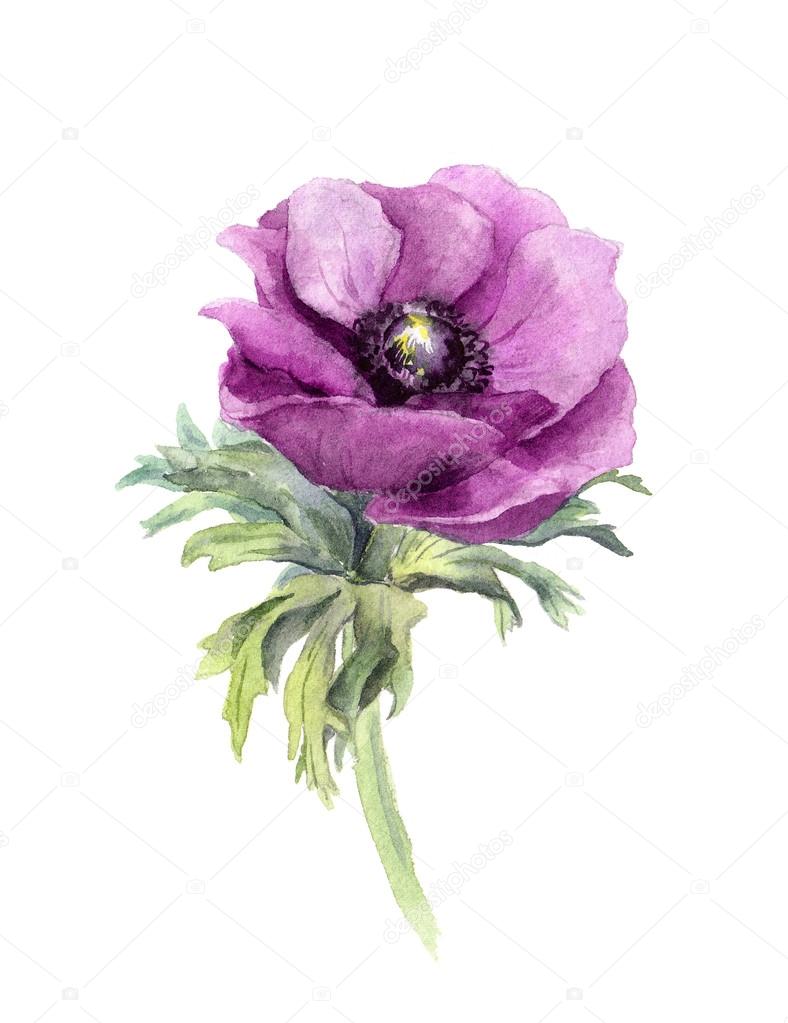


Anemone canadensis This species spreads through what is called rhizomes, or tubers.Īnemone canadensis, the Canada anemone, and A. The centers of the flowers can be blackish gray to green. blanda, and they come in colors of white, red, blue, pink, burgundy, bicolors, and pastel tones. They produce leaves basally and send up flower stalks straight from the tuber.įlower petals are much wider and more ovate than A. The leaves are bright green and very finely cut. Anemone coronaria This species is one of the most commonly grown in gardens.Īnemone coronaria, probably the most popular type of anemone (coined the “common garden anemone”), is native to the Mediterranean region and sprouts from small tubers. Plants are low-growing at 4 to 8 inches tall and form a carpet in the landscape. Flowers are daisy-like in appearance and range in colors of blue, white, pink, and purplish-red. They grow from tubers and have finely cut fern-like foliage.

There are four main types or species groups of anemones that are cultivated: Anemone blanda This species grows flowers that are similar to a daisy.Īnemone blanda, known as Grecian windflower, is native to Southeastern Europe, Caucasus, and Turkey. Other examples of plants that spread via rhizomes are canna lilies and bearded iris. Rhizomes are also a type of underground stem that are more like elongated bulbs that grow horizontally. Think of potatoes and ginger when you picture tubers. Tubers are fleshy underground stems with nodes (“eyes”). If you haven’t yet tried growing these little sweethearts, then take a glance through this article to find out how you can add them to your very own garden!Ībout Anemones These pretty and charming little flowers have been around for centuries, charming gardens all around the world.Īnemones are herbaceous perennials that grow from small tubers (nicknamed “ corms” in the industry) or rhizomes, depending on the species. Others will delight you with their intense colors in a container. Most of them are low-growing and can spread to form a thick ground cover in the landscaping. Other members of the buttercup family are larkspur and columbine.ĭepending on the species, anemone flowers remind people of either poppies or daisies. As you can probably guess, anemone’s growth requirements are similar to their cousin ranunculus (the Persian buttercup)–an equally amazing flower in its own right. As a cut flower grower, one flower that stole my heart was the charming, adorable anemone.Īnemones, also known as windflowers, are members of the family Ranunculaceae–the buttercup family. Whether you’re a newbie or seasoned veteran, there’s always more to learn when it comes to our gardens. One of the most amazing things about gardening is the discovery of new plants.


 0 kommentar(er)
0 kommentar(er)
